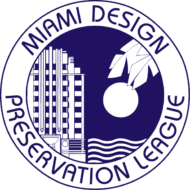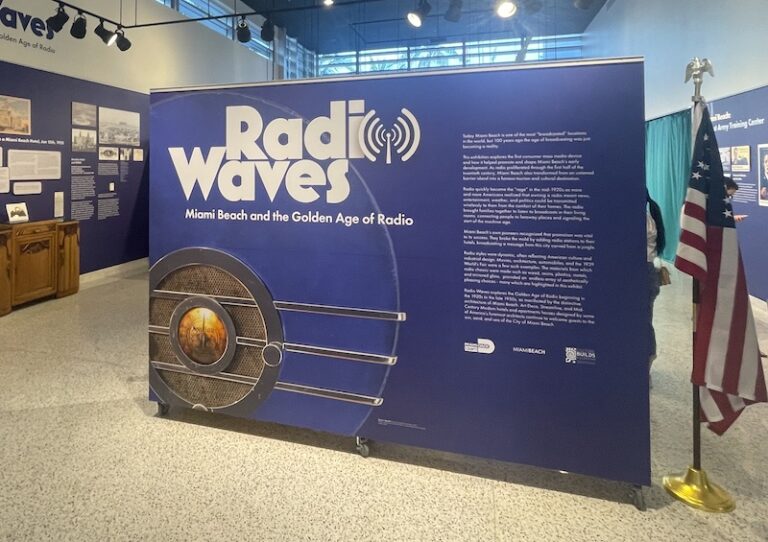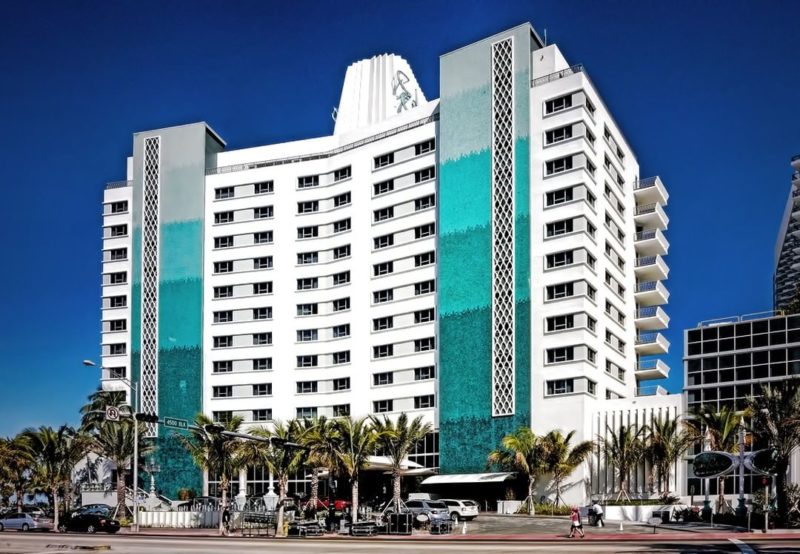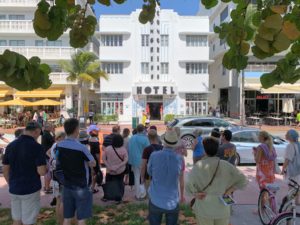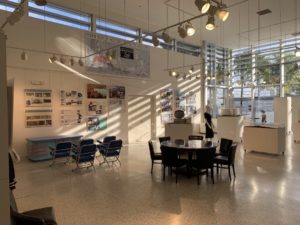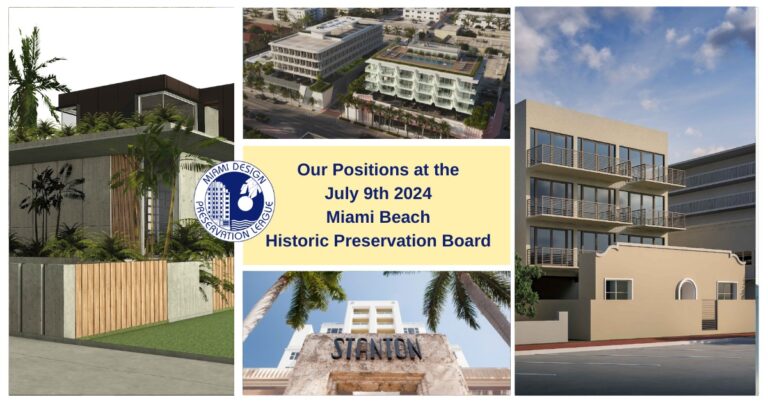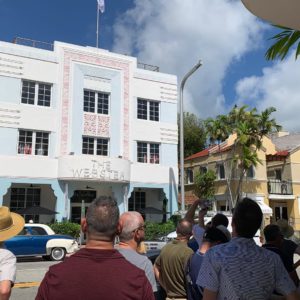Imagine you are a kid growing up in the 1970s and your playroom just happens to be the balcony of one of the oldest and largest Art Deco theatres in South Beach!!
Margaret Griffis, a young girl at the time, had many wonderful adventures at the Cinema Theatre at 1235 Washington Avenue. Her father, James Griffis, worked as General Manager for the Florida branch of Brandt theatres for 36 years before retiring. He managed the Cinema Theatre, Plaza Art, Beach, Flamingo and Lincoln Theatres. Also at an earlier time, he worked for the Sheridan and the Roosevelt Theatres. Her parents actually met in the Cinema Theatre in 1961, when one afternoon her father was working and spotted her mother Aurora walking up to the balcony for a matinee and the rest was history!
As the times were so much simpler, Margaret reminisced for us, “As a child growing up in Miami Beach my universe centered around swimming and playing at the beach, ice skating at the Fontainebleau, playing at Flamingo Park and most especially spending long summer days playing cowboys and Indians with my friends up in the Cinema’s cool balcony, which became my second playground. When the Cinema was built in 1934, it was first called the French Casino. It was like a supper club featuring cabaret acts, showgirls, and other entertainment. Later, an elevator was installed in the back of the building that would go up to Morris Brothers Dept. Store on the second floor. In the 70s, the store was completely empty and I would take my friends up there, where we would skateboard for hours. I remember one of my favorite things to do when my father was showing a matinee was to hide behind the movie screen. There I could look out and see the whole audience, knowing I was invisible to them. I also remember leaving secret notes to myself and hiding them in dark corners of the balcony, imagining I would come back 50 years later to read them.”
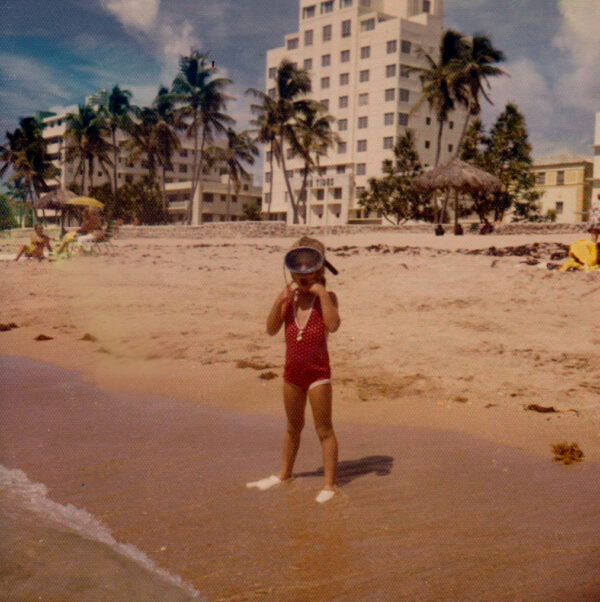
To this day, Margaret still remembers so many details that embellished the different floors of the Art Deco theatre. There was the lobby adorned with mirrors carved with lovely flourishes, an ornate winding staircase ascending to the spacious balcony, the set of doors leading to the auditorium with portholes too high for a little girl to peek through, but most especially the expansive theatre itself, with life size murals painted in rich hues of maroon and blues.
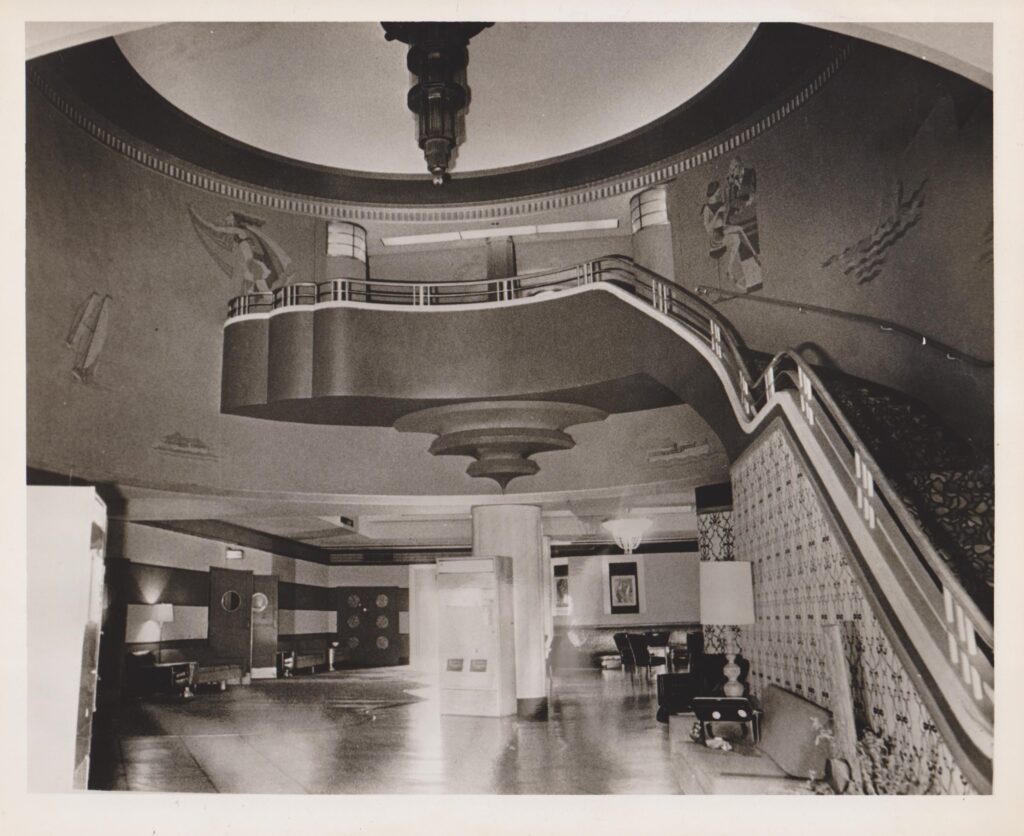
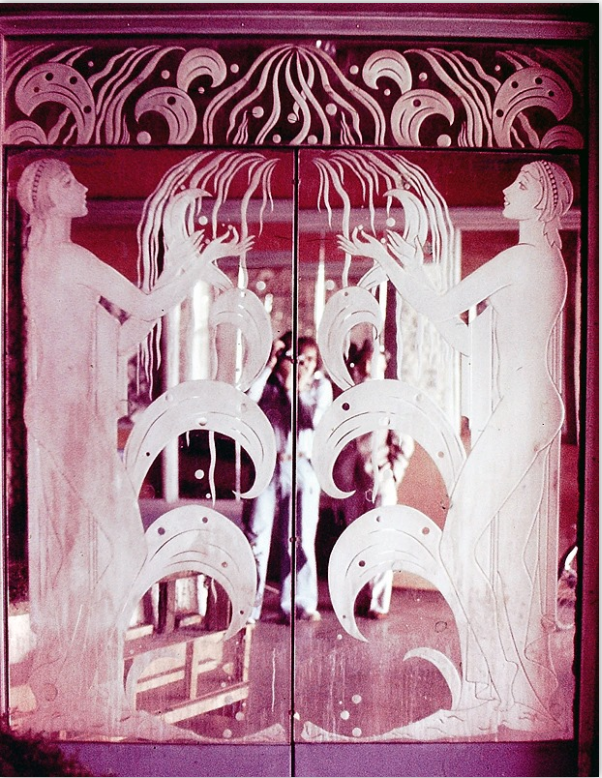
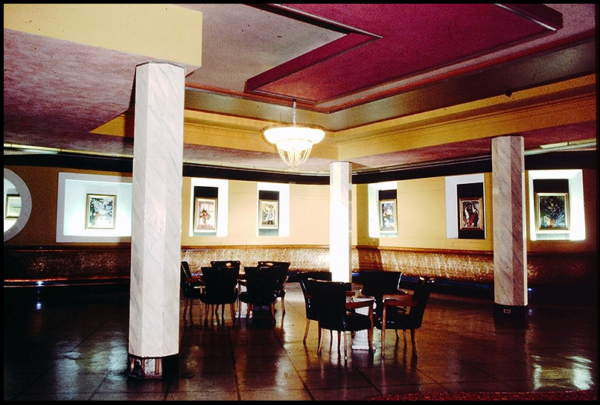

During the 1950s and 60s, Miami Beach’s Jewish population grew to more than 140,000, up from just 16,000 before World War II. Yiddish culture grew in popularity in South Florida when South Beach suddenly became a refuge for Holocaust survivors and their disappearing language. Yiddish theatre was declining in other parts of the country, however Miami Beach had six operating Yiddish theatres. The Cinema Theatre would show premieres of many of the new MGM classic movies but at the same time would also be Miami Beach’s longest running American Vaudeville Yiddish theatre. During our interview, Margaret told us she is pretty sure growing up that she was not only the youngest but the only non-Jewish girl to see dozens of those Yiddish Vaudeville shows. She remembers that the elderly entertainers always doted on her so much.
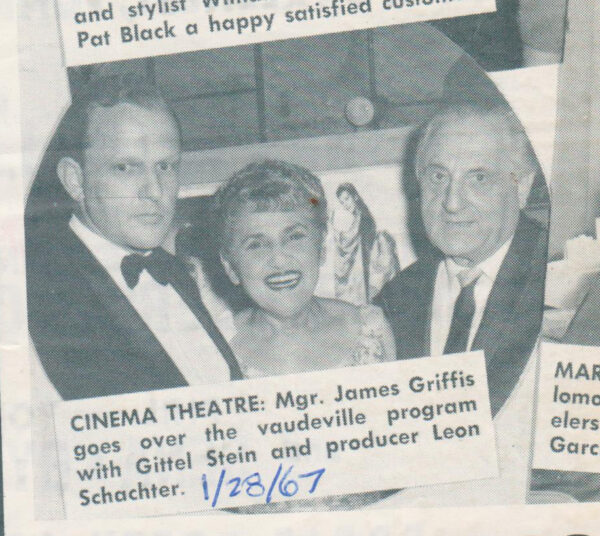
Some of her most vivid memories were when Barbara Baer Capitman would come visit the theatre in the late 70s, after it had closed down. Seeking to preserve the historic building from developers, the founder of MDPL would bring various people over to tour and photograph the theatre. Several times, her father would be too busy to show them around and would ask 11 year old Margaret to conduct the tour herself. She remembered having a ball showing the adults a few places her father never took them before, such as the backstage areas and all the dressing rooms. One particular day, Barbara was visiting with her son, Andrew Capitman and while Margaret was giving the tour, Barbara started explaining to her the importance of saving these old buildings. With a child’s innocence, Margaret replied, “Well if you just bought the buildings for yourself, then you could keep them the way you want!” Perhaps, this was the moment of inspiration for the Capitmans to begin buying up a series of hotels on Ocean Drive to restore to their original Art Deco glory.
Another significant memory told to her by her father, was when he was approached one day by a little old lady, who recounted how in the 40s the theater was used for military training for young servicemen. She told him that because the theatre was so large with many dark corners and enough slope and depth, it could simulate being in a field with hills. She then told him how the newspapers would boast that Clark Gable was one of the servicemen that trained in the movie theatre. Another story told to her by her father was when he was in charge of managing the Lincoln Theatre at 551 Lincoln Road, which was set to have a new movie premiere. All the stars including Charlton Heston came to Miami Beach for the opening, staying at the Fontainebleau Hotel. Her father was tasked with renting a tram specially to transport the stars to go from the hotel down to the Lincoln Road Theatre.
“I remember my father would always hire ushers that were mostly seniors from the area. Many of them worked in the NY Vaudeville circuits in the 1920s and they would tell me the different acts they worked with. Being a little girl, the only one that really impressed me was a guy named Paul Hepner, who said he worked with The Three Stooges before they were really big.”
Around the block from the Cinema was a much smaller theatre called the Plaza Art. Above it on the roof was a tower containing all the rigging for lifting the curtains for shows at the Cinema/French Casino. Covering the tower, facing north was an original 1959 Coppertone mural. When the demolition started for Club Z, all the old scrims that were above the stage were torn down and thrown in the landfill, along with the murals and truckloads of other historic artifacts. In addition, most of the original mirrors from the lobby were smashed during the 1978 renovations.
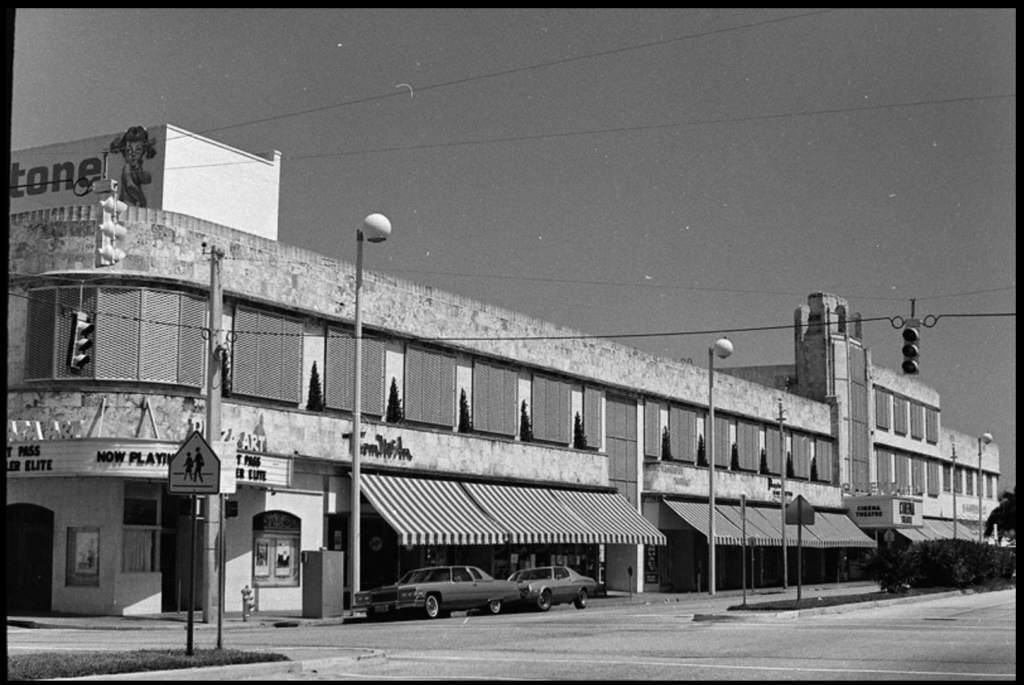
Margaret laments, “When I was older, I went to Club Z several times for the shows but it felt very strange and sad to me that I couldn’t roam around freely backstage, to the dressing rooms or upstairs the way I would as a little girl.”
After High School, Margaret attended the University of Florida in Gainesville. After graduation she moved to Los Angeles to pursue her career in Journalism. Her parents continued living in the same apartment on Pennsylvania Avenue. Margaret returned to Miami Beach in 2001 to care for her elderly parents. After her parents passed away, she decided to stay in the city that continued to hold so many sentimental memories for her, moving right across the street from the apartment she grew up in. She currently is a researcher for the 501(c)(3) non-profit foundation antiwar.com.
